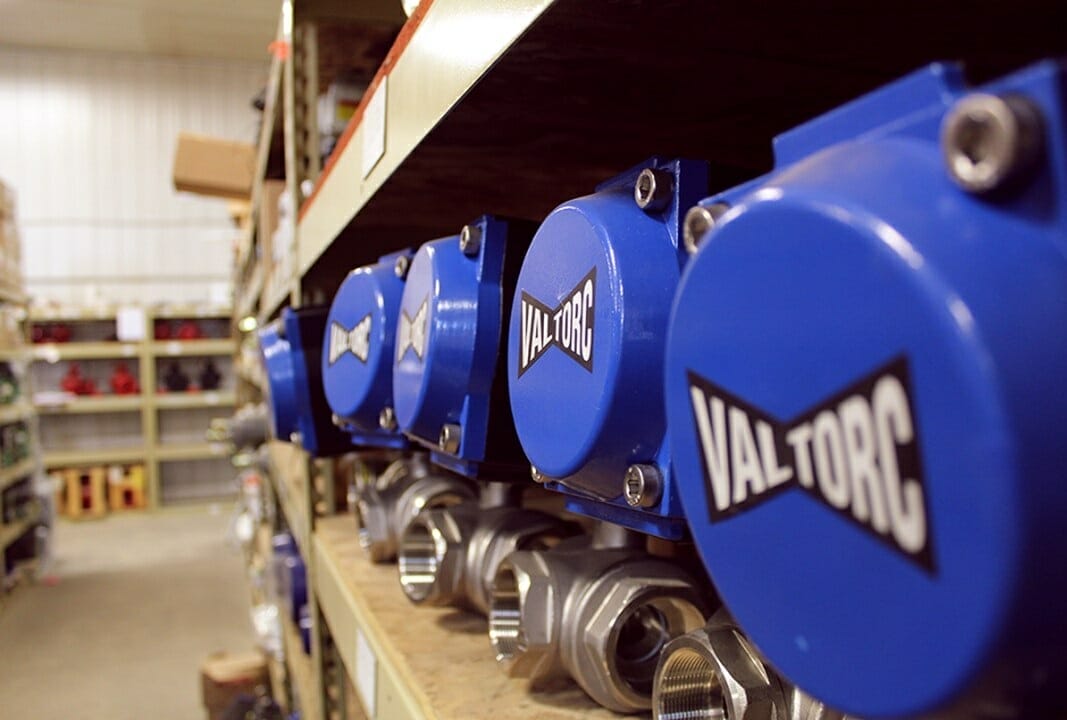Supply Chain
The exponential growth in global trade over the past few decades has led to today’s supply chains becoming incredibly complex, which has resulted in disruption to manufacturers and distributors.
While you may have risk management processes in place to deal with controllable and foreseeable challenges, such as compliance, financial and capacity issues, these processes may still not prepare you for world-defining events.
For example, drawing from the ongoing pandemic, you may need to cope with fewer staff, a dramatic decrease in productivity, and a change in customer spending.
Ten engineering business continuity steps to take now
In terms of contingency planning, what should engineering, HVAC, industrial, water & wastewater, oil & gas, and consumer electronic companies do in the short and medium-term, and what steps can you put in place to ensure you’re prepared in the long run?
Here are some immediate and long-term business continuity steps that industrial, construction, energy, electronics, mechanical, renewables, and electrical engineering companies should take to protect the supply chain.
1. Manpower
Consider your people. Their welfare is paramount, and they are a critical resource in the success of your engineering business. You may have to rethink work practices at your construction site, manufacturing floor, tech laboratories and building material warehousing. Look at who can work from home and who needs to be on the front line.
2. Supply Chain Monitor
Monitor all developments across your supply chain. If you don’t have full visibility, prioritise getting this set up as soon as possible.
3. Emergency Operations
Build an in-depth emergency operations structure and process at the manufacturing plant, construction site, or service yard level, with predetermined action plans for communication and coordination. This could include allocating designated roles for engineers, technicians, and support employees, ensuring you have communication and decision-making protocols in place and emergency action plans for customers and suppliers.
4. Inventory
Make sure your inventory is accessible and outside the impacted areas and logistical hubs.
5. Support Departments
Work closely with your legal, finance and HR teams to understand what the financial and legal implications are if you can’t get supplies to customers.
6. Contracts
You may have to include additional steps to the contractual arrangements with customers. If you can’t meet your obligations, a clear understanding of your contractual terms will allow you to plan and prioritise your response.
7. Equilibrium
Look at ways to balance supply and demand, and build a buffer when it comes to stock.
8. Risk Management
Identify ways to diversify your suppliers and revisit your risk management process.
9. Critical Suppliers
Work with stakeholders and your most critical suppliers to prepare for potential material and manufacturing capacity shortages.
10. Forecasting
Review business forecasts and run scenarios to determine where you are at risk now and in the future.
Adapt your long-term supply chain strategy
Once you have these steps in place, it’s about preventing contingencies from recurring.
If you take the necessary action such as scenario planning exercises, for instance, you can develop action plans and include steps to diversify your supply chain and source alternative supplies.
If you’re also looking to handle better disruptive events in the future, it’s not enough to think about supply chain strategy in the conventional sense. You’ll need to rethink logistical strategy such as trucking, sea/air cargo, heavy equipment and manage supply chains proactively to anticipate disruption rather than merely responding to it.
Be clear on the processes of all your suppliers, even those upstream and several tiers back. If you don’t have this clarity, your business is less likely to have the ability to respond or estimate impacts as you are unfamiliar with upstream suppliers.
Understand where your critical vulnerabilities lie. Your supply chain may have a dependency that puts your business at risk if a major issue requiring extensive damage control occurs.
For example, you may be dependent on an automotive supplier with a single facility and a large share of the market. If a problem occurs (anything from your supplier going out of business to a pandemic), you’ll be left with massive difficulties.
Rethink the design of your supply chain
Several engineering organisations like HVAC, construction hardware, environmental renewables, and oil & gas companies build supply chains with globalisation in mind – the assumption has been that global trade allows us to source, produce and distribute products from locations at the lowest cost.
Today, we may be looking at an era of new supply chain design where businesses can be ultra-agile and responsive in dealing with changing policies, regulations and natural disasters. Redesigning your supply chain is a complex undertaking.
However, ensuring backup capacity for supply, production, and distribution means you reduce the risk of your entire supply being disrupted.
The second and primary sources should ideally be located away from each other. This will minimise your risk but could lead to an increase in costs. Similarly, having production facilities with local sources of supply spreads the risk and could cut transportation and logistical costs.
It’s almost impossible to anticipate the arrival of a global crisis, but businesses can diminish their impact by improving their supply chain preparedness. By putting the right plans in place before a disruption occurs, and testing and learning before the fact, you’ll ensure your business is in the best possible position to move ahead and weather the storm.

More Supply Chain Stories
















